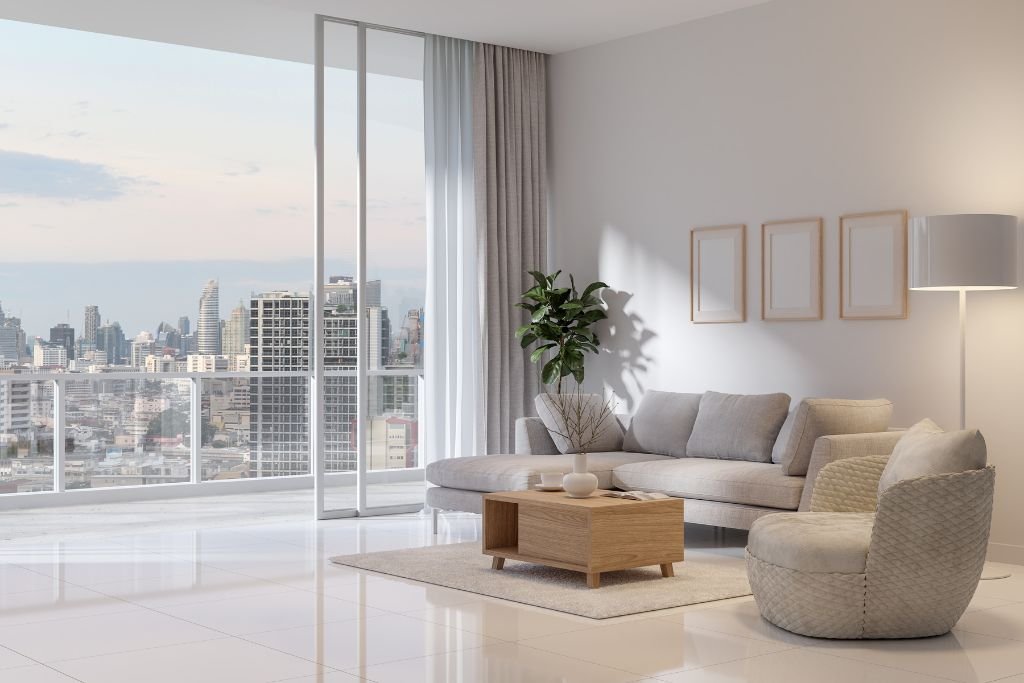Antique faux quarter-sawn oak furniture is a fascinating example of craftsmanship and creativity. This furniture style became popular in the late 19th and early 20th centuries in the United States. It offered the elegant look of quarter-sawn oak without the high cost. Let’s take a closer look at what this furniture was made of and why it was so loved.
1. The Base Material

Most antique faux quarter-sawn oak furniture was made of cheaper types of wood like:
- Pine: Lightweight and easy to work with.
- Poplar: A versatile wood with a smooth finish.
- Birch: Strong and commonly available.
These woods were less expensive than true oak, making the furniture more affordable for middle-class families.
2. The Faux Quarter-Sawn Oak Effect

The “faux” in faux quarter-sawn oak means “fake.” Craftsmen used techniques to mimic the look of quarter-sawn oak, which was known for its distinct grain patterns. These techniques included:
- Grain Painting: Artists painted wood surfaces to imitate the medullary rays, or shiny streaks, found in real quarter-sawn oak.
- Staining: Dark stains enhanced the wood grain and made the furniture look like genuine oak.
- Veneers: Thin sheets of real quarter-sawn oak were glued onto cheaper wood to create an authentic appearance.
3. Why Quarter-Sawn Oak Was Popular
Quarter-sawn oak became popular during the Arts and Crafts movement for its beauty and durability. It has straight grain patterns with unique rays and flecks that catch the eye. However, the process of quarter-sawing oak was labor-intensive and expensive, which led to the rise of faux versions.
4. The Construction Details
Even though the furniture wasn’t solid oak, it was built to last. Craftsmen used high-quality joinery techniques such as:
- Mortise and Tenon Joints: Strong and durable connections between wood pieces.
- Dowels and Glue: To ensure stability and longevity.
These methods made the furniture sturdy, despite its affordable materials.
5. Common Pieces
Antique faux quarter-sawn oak furniture included a variety of household items, such as:
- Dressers: Often with ornate carvings and beveled mirrors.
- Tables and Chairs: Perfect for dining rooms and parlors.
- Wardrobes: For storing clothes in style.
- Sideboards: Functional and decorative for dining areas.
6. The Appeal of Faux Quarter-Sawn Oak
Faux quarter-sawn oak furniture was a perfect blend of style and practicality. It looked expensive but was affordable for most families. The rich oak-like finish brought elegance to homes, and its durability ensured it lasted for decades.
Final Thoughts
Antique faux quarter-sawn oak furniture is a testament to the ingenuity of furniture makers. By combining cheaper woods with clever techniques, they created beautiful and functional pieces that mimicked the charm of real quarter-sawn oak. Today, these pieces remain cherished for their history, craftsmanship, and timeless style. If you come across one, take a moment to appreciate its story and the skill that went into making it.

My name is David from Houston, Texas (USA) I’ve spent the last 10 years working with some of the biggest furniture brands in the United States. I’ve helped thousands of customers and learned what makes furniture strong, stylish, and worth your money.
